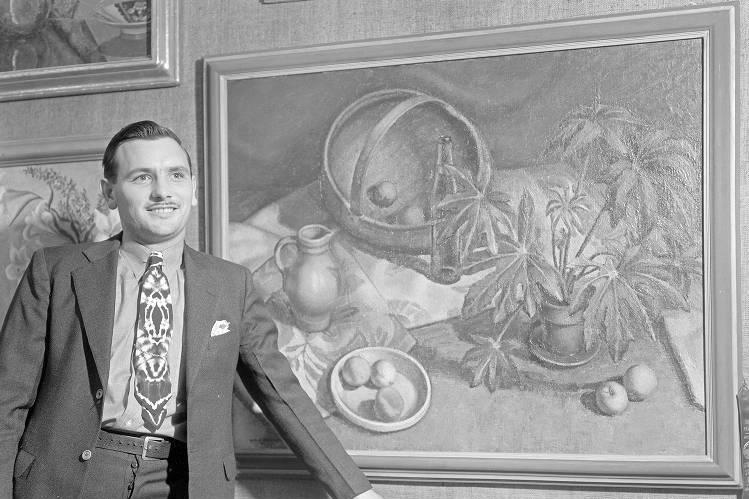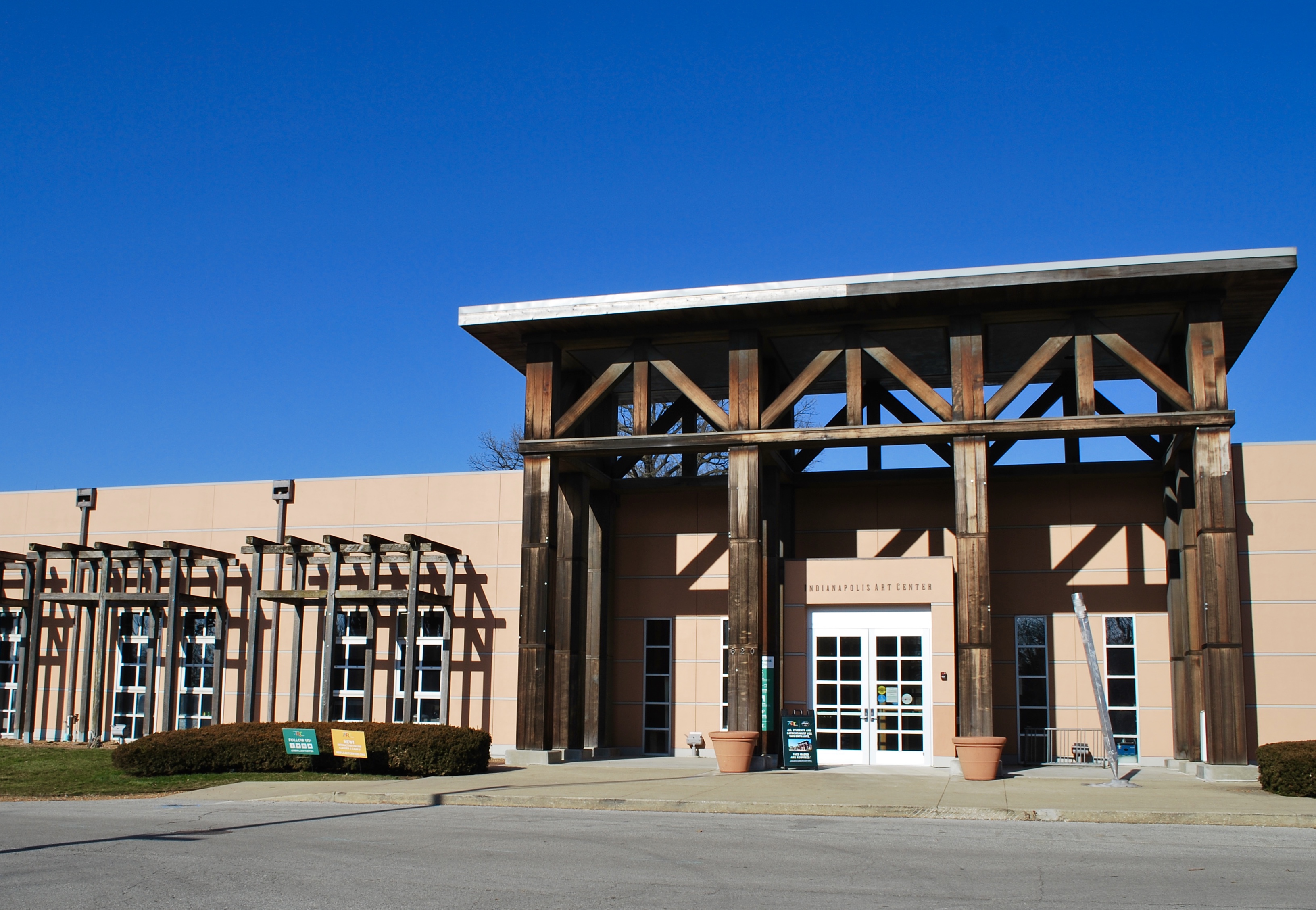An art study group for adults was created in 1934 after 10 founding female members met with a Works Progress Administration (WPA) artist/instructor William Kaeser, a native Austrian and graduate. The group formally organized in 1938 as the Indianapolis Art Students’ League, an artist-run group patterned after the New York Art Students’ League. Classes were at first dispersed widely throughout the city due to gasoline rationing but later consolidated at Public School No. 66.

The league’s exhibitions program began in 1937 and featured the work of Indiana and regional artists. The first annual competition was held at Lyman Brothers and continued under various titles and at various locations: “The Indianapolis Art Students’ League Annual Exhibition” was held at the auditorium for 15 years, “500 Festival of Arts” was held in downtown storefronts until 1973, “Art 500” was at the Convention Center, and the biannual “Indiana Directions and Regional” was in its own galleries since 1976.
By the 1950s, space was at a premium, with classes held in various locations including the Rauh Memorial Library and the Governor’s Residence, until the Holliday House at was offered for use. It served as the first real home for the Indianapolis Art Students’ League until it burned in 1958.

The fire along with the need for more space spurred efforts to raise funds for the Art League’s own facility. With a gift of land at 3102 North Pennsylvania Street from John and Marguerite Fehsenfeld, and significant funds from the and the Elsie Sweeney Foundation along with gifts from members, corporations, and the community, the league built its first new facility with two studio classrooms and a lobby. Along with the construction of this new building in 1961, the organization also incorporated as the Indianapolis Art League Foundation.
By the 1970s, the league was again out of space. With burgeoning enrollment, the organization hired its first executive director in 1976 and began to build a professional staff. That same year, $300,000 was raised from members, foundations (especially the Indianapolis Foundation and ), and corporations to build a 10,200 square-foot facility with five studios, a gallery, offices, and a library along the White River at Village. Classes doubled during the first year to 40 a week.
In response to growing awareness and celebration of diverse local and global communities, the league expanded its audience in 1989 with ArtReach, a program for youth at risk. Begun in public housing communities, the program served 300 youth by the mid-1990s and extended into public parks, schools, and mental health community centers through innovative private-public partnerships.
The 1990s brought about the need for yet another new building to accommodate the growing community demand for classes, exhibitions, and services. After a successful fundraising campaign that brought in $7.6 million, the league began construction in 1994 on a new facility designed by , a leading national architect and a native of Broad Ripple. Placed on 9.5 acres between the River and in Broad Ripple, this new 40,000 square-foot building tripled the space for programs, with 13 studios, three galleries, a sales gallery, three courtyards, and offices. The new building was officially opened on May 31, 1996. To coincide with this expansion, the league changed its name to the Indianapolis Art Center.
In 2005, the Indianapolis Art Center completed an outdoor creativity and sculpture garden, ArtsPark. The park was expanded two years later to include the Nina Mason Pulliam Sensory Path, Efroymson Riverfront Garden & Canoe Launch, and permanent sculptures.
Through its many locations and multiple name changes, the goal for Indianapolis Art Center has remained the same–inspire creative expression in people. Starting with the traditional Eurocentric approach to teaching art in the league’s early days, the Indianapolis Art Center has continually broadened its offerings to include more accessible media such as woodworking, glass, plastics, steel fabrication, and digital art, in addition to classes in ceramics, metalsmithing, textiles, and photography. By 2020, the center offered hundreds of classes, more than 50 exhibits including online and student shows, several outreach programs (ArtReach, Teen Art Council, Smart), and multiple events throughout the year including the , Winter Art Fair, ArtsPark Fall Festival, and Veterans Art Day.

Help improve this entry
Contribute information, offer corrections, suggest images.
You can also recommend new entries related to this topic.




